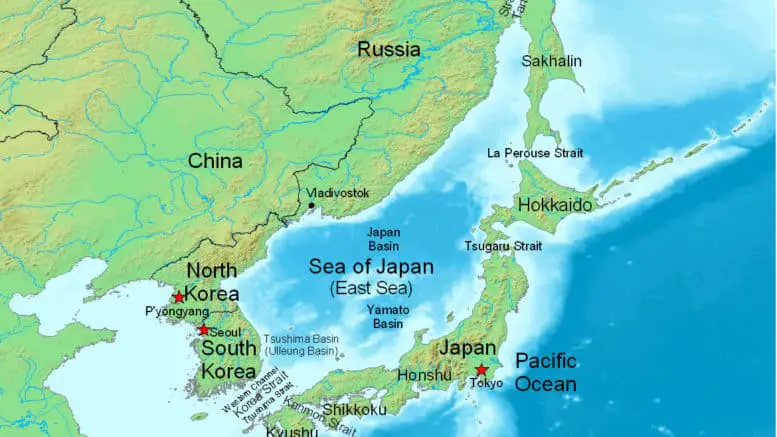The first few months of 2016 have seen important developments for the long term stability of Russia’s far eastern neighbors. North Korea is at the center. The isolated nation tested its fourth nuclear weapon on January 6, resulting in a flurry of political activity around the best way to respond to this potentially aggressive display. Russia, which has a long history with and shares a border with North Korea, is one of the main players in international efforts to negotiate with Pyongyang.
Russia and North Korea are typically considered to be on friendly terms with one another, although the political relationship is far weaker now than during the time of the Soviet Union. In this article, I want to examine how North Korea’s nuclear program, and particularly its recent actions may be affecting Russia’s outlook in the Far East.
North Korea began its nuclear program in the late 1990s. During the 2000s, Russia held a chair in the Six Party Talks, which aimed to provide a peaceful route to denuclearize the Korean peninsula. The talks, however, were stop-and-go and resulted in little real progress; North Korea continued to develop its nuclear weapons.
The United States, South Korea, and Japan view nuclear weapons tests as dangerous to the stability of the Korean Peninsula and, thus, the rest of the region because North and South Korea are always at heightened tensions, with a return to warfare a near constant possibility. In the past, Russia has condemned the nuclear tests in general consensus with the other members of the Six Party Talks. This makes sense, obviously, due to the border Russia shares with North Korea. The most recent test brought with it a more strongly worded castigation, perhaps because of North Korea’s statements regarding possible “preventative nuclear strikes,” which moved the country’s stated strategy beyond armament for the purpose of defense and retaliation.

One of the primary American responses to North Korea’s nuclear detonation in January has been to seriously consider deploying nuclear defenses to South Korea, ostensibly protecting the nation from future North Korean missile threats if diplomacy deteriorates altogether. The Terminal High Altitude Area Defense, or THAAD, is specifically designed to neutralize short and medium range ballistic missiles like the ones that North Korea could potentially deploy. Russia and China both must view this development warily. Escalation may promote long-term US goals to grow influence and military power in the region and could in fact favor a bellicose Kim Jong-Un. The more dangerous he appears, the more needed US assistance would appear to North Korea, one of the wealthiest and influential nations in East Asia.
For Russia, this is potentially even more important. Deployment of THAAD to South Korea sets a precedent for other anti-ballistic missile systems in the region. It could easily be seen as a step towards “putting the Russian Bear on a chain,” as President Putin said in 2014. Of course, the same implications apply to China, but Russia’s military and strategic arms are primarily what keeps it relevant on the global stage, and Russia does not have the luxury of being the world’s second largest economy like China (Russia is the world’s 8th largest, but is far smaller than China or the US).
Taking all of this together, it begins to makes sense why Russia is coming down on Pyongyang more harshly after January’s nuclear test. Economically, Russia does not stand to gain from the continued isolation of the DPRK. Russia’s stated intentions to pivot eastward require forging deals and partnerships to generate new revenue in Asia. Military escalation obstructs trade, which will prove detrimental in the long term. Politically, Russia potentially faces the issue of losing its strategic edge if the US has cause to deploy nuclear countermeasures to South Korea. Lastly, the shared border would mean that if warfare did breakout, Russia would likely have to deal with, at worst, nuclear fallout drifting into Russian territory and, at best, refugees and trade disruptions. Therefore, it seems to be in Russia’s best interest to step forward and assert its influence in Pyongyang to find a peaceful resolution.



